Your perfect boating day likely includes spending a lot of time out on the water—not refueling back at the marina. Fortunately, some easy strategies can help increase your fuel efficiency, which could save you time and money … and cut down on emissions. Here’s what Charles Fort, associate editor of BoatUS Magazine, recommends.
Before Heading Out
- Tune your engine. Take your engine to the shop once a year for a tune-up and service, which helps it run more efficiently.
- Get the right propeller. “The right propeller can improve your fuel efficiency by as much as 10 percent,” says Fort. Propellers are most efficient when they’re matched to the kind of boat you have and what you use it for (towing water skiers fishing, for example); ask the pros at a propeller shop for recommendations and experiment with different models. Also, make sure your boat can run at wide-open throttle (WOT). If it’s not able to reach WOT—or overruns it—you’re using the wrong propeller and not getting the most bang for your fuel buck.
- Check your propeller. A dinged or broken propeller will hurt your fuel economy, so regularly inspect yours and replace it if it’s damaged. And be sure to keep it clean; barnacles and other growth can attach to the propeller and affect fuel economy as well.
- Clean your hull. Barnacles or stuck-on grass can also create drag on the hull and make the engine work harder, so keep your hull clear of detritus. Boats in warm places like Florida will probably need to be cleaned weekly, while those in colder waters may be able to go a month or two.
- Measure your fuel flow. Install a fuel-flow meter, which can show you in real time how many gallons per hour your engine is burning. “It can really let you dial in to the most efficient speed for your boat,” says Fort. While this device tends to come standard on newer boats, it’s easy to get one installed at a shop.
- Upgrade your motor. Newer engines tend to be significantly more efficient. The fuel savings alone might not be enough to justify an upgrade, but if you’re in the market for a new motor, look for a model with better fuel economy.
At The Dock
- Ditch extra stuff. Take stock of what’s onboard; additional weight means more drag. Clean out anything you won’t need, from extra anchors to old, unused lines and tools.
- Lighten your tanks. Don’t run with a full freshwater or fuel tank unless you absolutely need it. Water weighs eight pounds per gallon, and some boats have freshwater tanks that can hold 100 gallons, so emptying half can add up quickly. Gasoline weighs six pounds per gallon, so if you don’t need a full tank to safely return (you obviously don’t want to worry about getting stranded), lighten your load and bring less.
- Avoid excess idling. It’s a common misconception that newer engines need time to warm up. Modern engines are fuel injected, so when you start them, they’re ready to go in a minute or two.
On The Water
- Rearrange your passengers. Your boat engine will run most efficiently when the boat’s trimmed, roughly parallel to its at-rest waterline, and it’s not leaning too far to one side or the other. If it’s safe, ask your passengers to move so the weight is evenly distributed—it can make a big difference.
- Reduce wind drag. A canvas or bimini top is great for protection from the sun, but you can improve fuel efficiency while underway by taking it down if you can.
- Get on plane. Common recreational boats run most efficiently when they’re on plane, so once you’re out of the no-wake zone, get on plane as soon as you can. “Watch your wake,” says Fort. “If you’re digging a big hole, you’re not being efficient.”
- Plan a shorter trip. The ultimate trick to saving fuel, of course, is running your engine less. Travel to closer destinations or drop anchor somewhere nearer to home to enjoy your fun afternoon on the water.
Savings add up! Get a fast, free quote on boat insurance from GEICO and see if you could save! Also, BoatUS members can save 10 cents a gallon at BoatUS-cooperating marinas. Visit the Member Service and Discount Locator to see if there’s one in your area.
Read More: How To Launch Your Boat Like A Pro
By Nicole Price Fasig

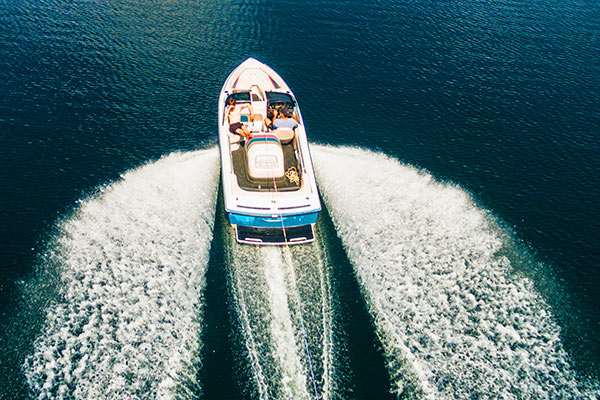
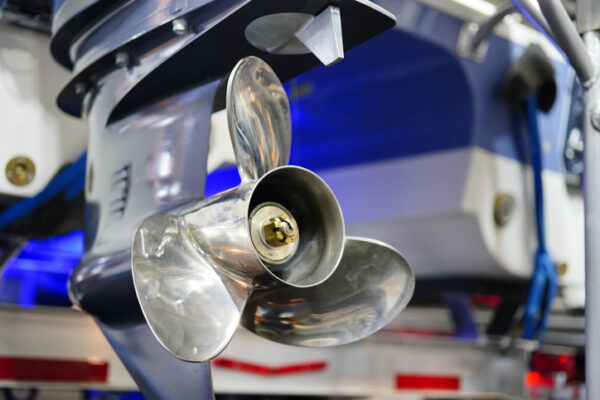

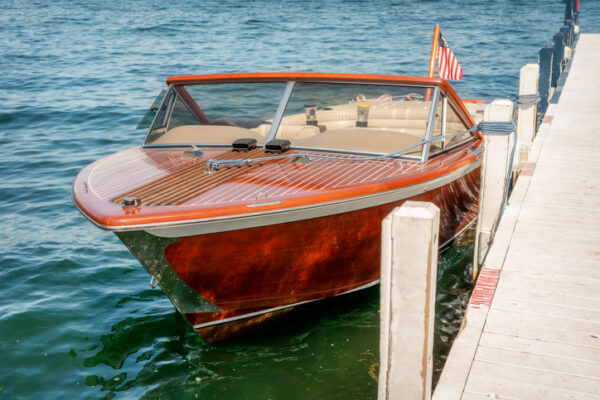


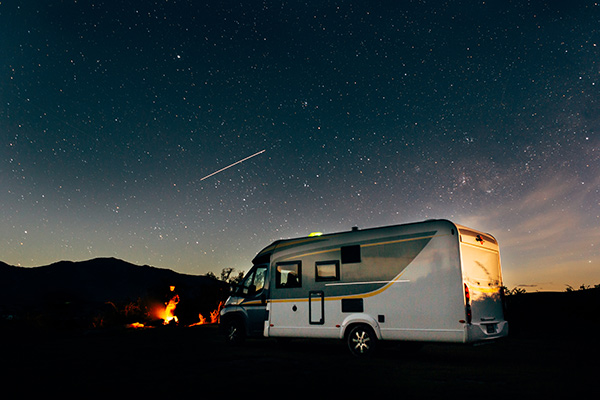

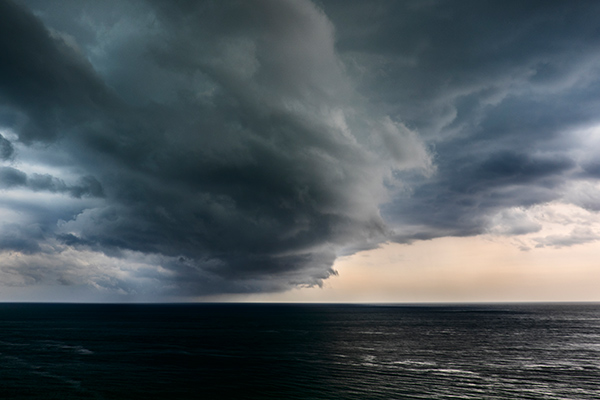
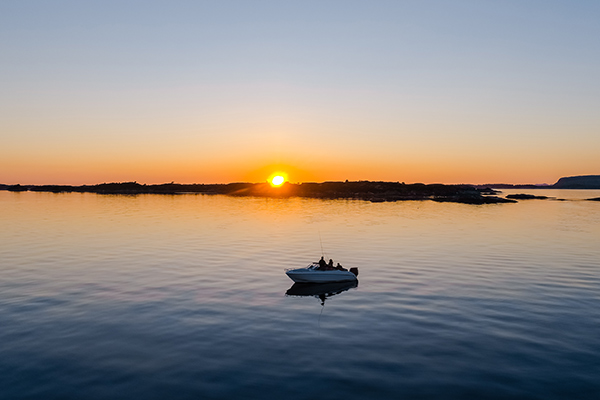


Leave a comment